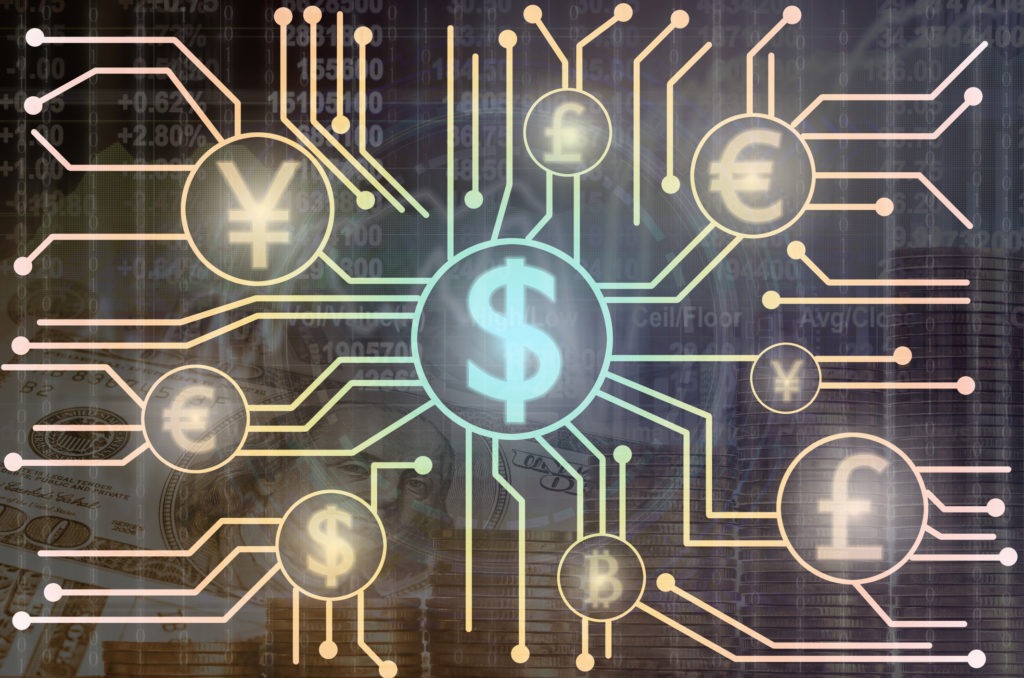Daimler hails blockchain’s financial transaction speed and cost efficiency as ‘affecting nearly the entire value chain’
06 July 2017

06 July 2017
Blockchain, the technology behind the virtual currency Bitcoin, is a technology for distributing records of data between parties. Each set of records is called a block, and the blocks form a chain, linking the blocks together (hence the name). Once blocks are created, the data block and the chain link to the previous block are permanent and cannot be modified. If the blocks contain financial information, the blocks therefore form a permanent ledger of financial accounts. Since the whole leger is held digitally over the desired network of computers (or the internet), the ledger can be programmed to trigger payments automatically, such as if a car sharing service user requests a ride.
This technology therefore has the potential to create an incredibly powerful new way to conduct and automate financial transactions, allowing them to be concluded much faster and most cost-efficiently than in the past, replacing labour-intensive manual systems of steps and checks currently conducted by financial institutions such as banks and OEM internal bank car finance arms. Like PayPal, the technology also has the potential to greatly reduce or even eliminate third party fee transaction costs. All this could help improve OEM operating margins.
The technology is enormously flexible, with the Toyota Research Institute exploring the data pooling potential of blockchain to revolutionise auto fields from the transfer of autonomous driving data (improving crucial data transfer efficiency speeds), to mobility services and usage-based insurance (telematics).
Porsche too is exploring the technology, with a small team of 14 employees at Porsche Lab headed by Boris Behring testing the feasibility and potential of technological innovations such as Blockchain. It is another example of the increasing need to make the startup culture central to the business models of OEMs as they become embedded within emerging technology fields.
Daimler meanwhile has just begun transferring its research into the technology into a practical reality. In partnership with Landesbank Baden-WÃœrttemberg (LBBW), the two have jointly used blockchain technology to execute the auto industry’s first blockchain financial transaction.
Testing the technology for capital market (raising money) applications, in parallel with a process required by regulatory authorities, through LBBW Daimler launched a €100 million one year corporate Schuldschein (type of German loan). Savings banks Esslingen-NÜrtingen, Ludwigsburg and Ostalb as well as LBBW acted as lenders for the loan.
The entire transaction – through the origination-distribution-allocation-execution steps of the Schuldschein loan agreement, to the confirmation of repayment and interest payments – was digitally carried out via blockchain through Daimler and LBBW’s IT subsidiaries.
Daimler Treasury vice president Kurt Schäfer said: ′Blockchain can affect nearly the entire value chain.
′That’s why we, as a leading automaker, want to play an active role in the global blockchain community and help shape the cross-sector blockchain standards. We want to do this in all the areas of application that are important to us: customer relations, sales and marketing, supplier management, digital services [including ridesharing], and financial services.’ It also wants to encourage the development of an open-source culture for blockchain, to maximise its adoption potential.
Daimler finance board member Bodo Uebber said: ′This pilot project is our first step in testing the wide variety of possibilities for using blockchain technology and assessing this technology’s potential for future transactions and financial processes.
′Simultaneously with launching the Schuldschein, we conduct other projects to determine where blockchains could also be used to increase efficiency and support our business models.’
Blockchain technology has vast applications even in just the finance field – and is set to transform the global finance industry (and all business fields) over the coming decade. LBBW says it expects the technology to transform the proven function of banks, allowing them to act as a trustworthy intermediary in the digital world. It can be used for payment transactions, trading securities (selling investors bonds (loans payed back at fixed rate interest at specified time)), as well as in the cross-border shipment of goods (such as car parts). Daimler and LBBW expect blockchain to enable cost savings to be achieved through efficiency-enhancing syndicated loan transactions and export financing.
Put simply, blockchain has the potential to revolutionise the transfer of all forms of information, optimising process flows between the parties concerned. It saves enormous labour-intensive checking procedures in financial transactions, and make it possible to conduct direct and secure financial transactions worldwide within seconds.
The blocks of digital data are also stored decentrally on several servers, improving security and saving third party ′hosting’ costs, and the transactions are stamped with cryptographic signatures that make them much harder to manipulate, improving cyber security.
Digital finance for a digital world.